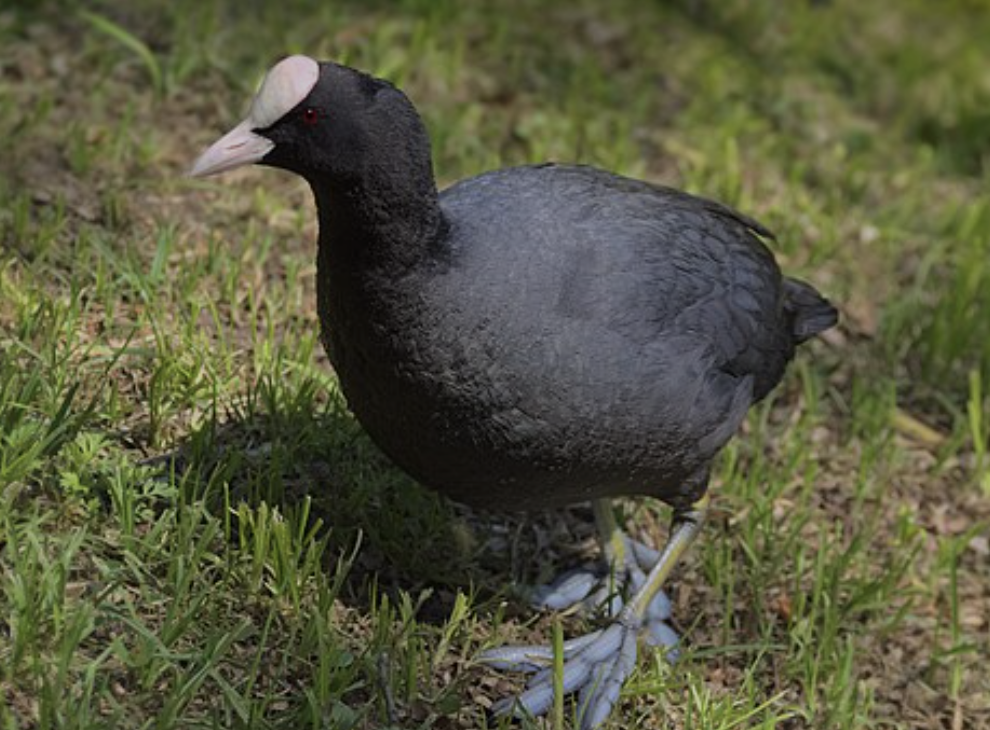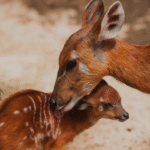
Series 5
OUTSOURCE PARENTING-BROOD PARASITISM IN BIRDS
THE BLACK-HEADED DUCK
Let’s now explore a bird that defies almost every stereotype of brood parasitism, the black-headed duck of South America. Unlike our previous freeloaders, this one doesn’t even bother being raised by the foster parents. It’s as if it just rents the nest for a warm start and walks out the door.

Scientific name: Heteronetta atricapilla
The black-headed duck is a brood parasite like the cuckoo or cowbird, but it takes an evolutionary detour no other brood parasite has dared.

Native to wetlands of southern South America, mainly Argentina, Chile, Uruguay, and parts of Brazil, this duck lays its eggs in the nests of other birds, and that’s pretty much where the parental involvement ends.

Once hatched, the ducklings don’t wait to be fed. They’re ready to walk, swim, and feed themselves almost immediately. This makes them the only known precocial brood parasite in the world.
Parasitism Without Parental Care
Most brood parasites need the foster parents to feed, groom, and protect their chicks. Not the black-headed duck. Its host birds, usually species that nest near wetlands, unknowingly incubate the parasite’s eggs. But once the duckling hatches, it quickly leaves the nest and never looks back. It starts feeding on small aquatic insects and plants on its own.

Common Hosts
Black-headed ducks parasitize the nests of waterbirds, especially:
- Coots (Fulica spp.)

- Rosy-billed pochards

- Swamphens

- Occasionally grebes, ibises, and other waterfowl
These hosts are chosen not for their food, but for their reliable incubation behavior and proximity to water. Since black-headed ducklings are precocial (fully feathered and mobile at hatching), all they really need is someone to keep them warm until they hatch.

Egg-laying Behavior
The female black-headed duck is sneaky but not hostile. She:
- Lays 1–2 eggs per host nest
- Times egg-laying to match the host’s incubation period
- Doesn’t destroy or remove host eggs (unlike cuckoos)

Habitat and Diet
Black-headed ducks live in freshwater marshes, reedbeds, and flooded grasslands. They thrive in ecosystems like the Pampas of Argentina and Uruguay, where temporary and permanent wetlands are common.
Adult ducks and their young feed on:
- Aquatic plants
- Algae
- Invertebrates like snails, insect larvae, and small crustaceans

They forage in shallow waters and are strong swimmers, even as ducklings.
Mating and Social Life
Mating behavior in black-headed ducks is not well-documented, but we do know:
- They pair off during breeding season.
- Males don’t help raise young.
- The female lays eggs in multiple host nests.

Outside the breeding season, black-headed ducks are fairly social, often found in mixed flocks with other waterfowl. They are not territorial and show little aggression.

Migration and Range
These ducks are largely non-migratory but may move locally with seasonal changes in water availability. Their range is tied to wetlands, so drought or drainage can dramatically affect populations.
They are considered non-threatened, but like many wetland birds, their survival is closely tied to habitat conservation.
Why So Unique?
The black-headed duck represents a rare evolutionary path:
- It evolved into brood parasitism without dependency.
- It has precocial chicks that don’t need feeding.
- It imposes minimal cost on the host.
In essence, this duck is a “tenant parasite.” It borrows a bit of warmth and then takes off, like someone using your bed for a nap and leaving a thank-you note on the pillow.
Scientific Importance
This duck challenges long-standing assumptions about brood parasitism:
- It proves that feeding isn’t always the goal.
- It opens new questions about how and why brood parasitism evolves.
- Its strategy may be an evolutionary stepping-stone, suggesting parasitism may start as a way to get help incubating, before evolving into full dependency.




